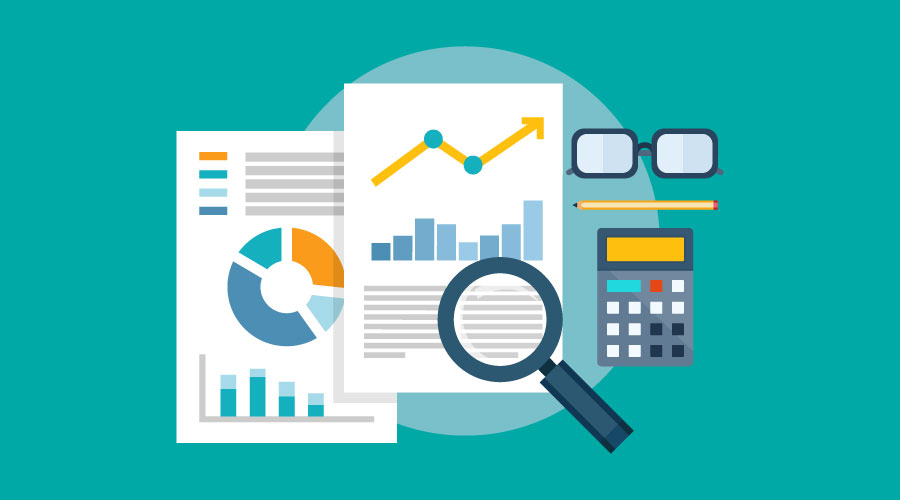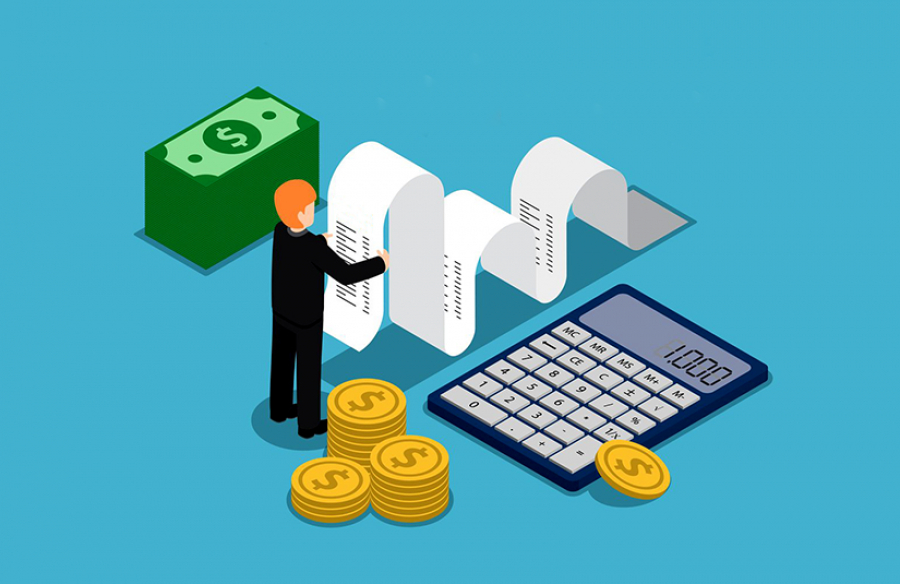These economies account for about 40% of the world's Gross Domestic Product (GDP).

After a decade of rising debt, the COVID-19 crisis expanded total indebtedness to a 50-year high, the equivalent of more than 250% of tax revenues. Nearly 60% of the poorest countries were already over-indebted or at high risk of over-indebtedness.
The war in Ukraine immediately cast a shadow over the prospects for many developing countries that are major commodity importers or rely heavily on tourism or remittances.

The World Bank says that in the next 12 months, a dozen developing economies may not be able to service their debt.
By the end of 2020, low- and middle-income economies owed five times as much to commercial creditors as to bilateral creditors.

This year, of the nearly $53 billion that low-income countries will have to service public and publicly guaranteed debt, only $5 billion will go to Paris Club creditors.
In addition, much of the debt of developing economies now carries floating interest rates, which means that they could rise almost as suddenly as credit card rates.
 English
English  Español
Español 
